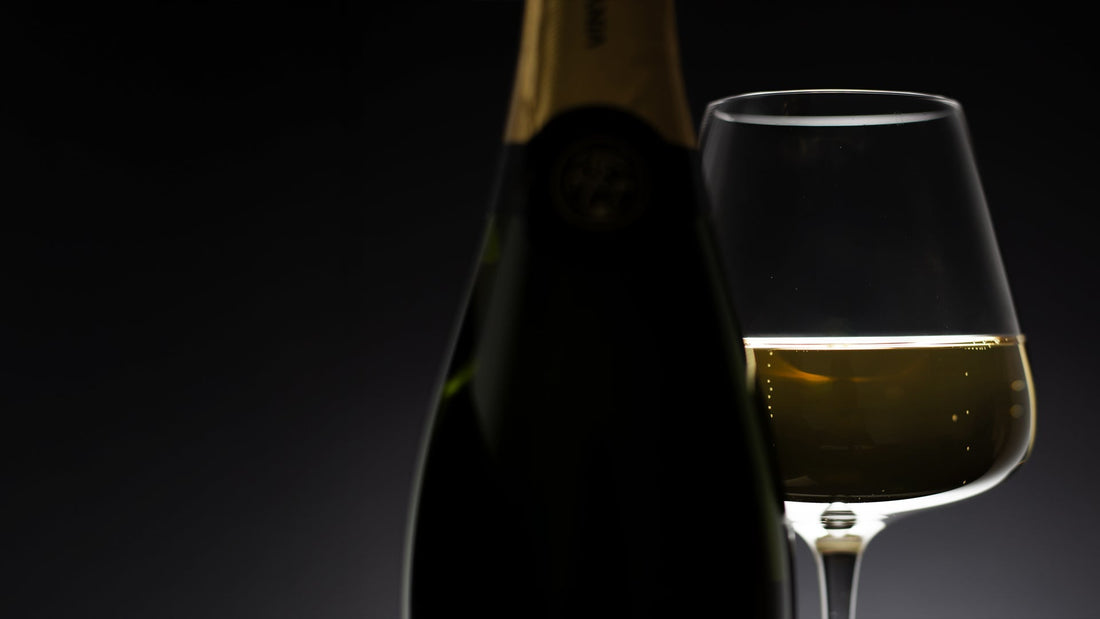A Brief History of Champagne Wine
The Champagne region in northern France is the birthplace of the world’s most famous sparkling wine. Winemaking in Champagne dates back to the Roman era, but it was in the 17th century that the region became known for sparkling wine, with Dom Pérignon and other Benedictine monks refining the process. The Méthode Champenoise, or traditional method, became the standard for high-quality sparkling wines, solidifying Champagne’s status as a symbol of luxury and celebration.
Common Grapes Grown in Champagne
Champagne wines are made primarily from three key grape varieties:
- Chardonnay – Brings elegance, acidity, and citrus notes.
- Pinot Noir – Adds body, structure, and red fruit flavors.
- Pinot Meunier – Enhances fruitiness and roundness in the blend.
Winemaking Techniques in Champagne
Méthode Champenoise – The secondary fermentation occurs in the bottle, creating fine bubbles and complexity.
Aging on lees – Extended contact with yeast sediment adds richness and toasty flavors.
Blending (Assemblage) – Many Champagne houses blend multiple vintages and grape varieties for consistency.
Food Pairings with Champagne Wines
- Brut Champagne – Perfect with oysters, caviar, and sushi.
- Blanc de Blancs (100% Chardonnay) – Pairs well with seafood, goat cheese, and light appetizers.
- Rosé Champagne – Complements duck, smoked salmon, and berry desserts.
- Demi-Sec (Slightly sweet Champagne) – Ideal with fruit tarts and creamy cheeses.
Champagne’s elegance and timeless appeal make it an essential wine for both special occasions and versatile food pairings.

